- Follow Us
Scientific Publications
High-profile publications featuring CDI Labs next-gen proteomics technologies and services
354 Total Publications
Refine Your Search
Publication Details
- Date
- Link
- + Abstract
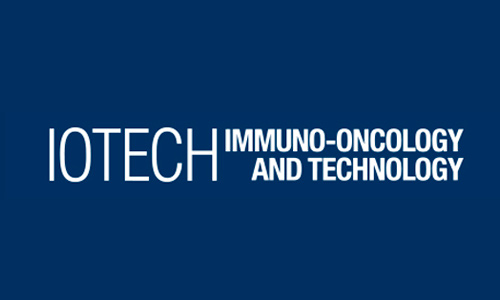
IOTECH Immuno-oncology and Technology
- Main Product: HuProt
- PhIP-Seq: Peripheral pre-existing T cell immunity as predictive biomarker in cancer immunotherapy for NSCLC patients
- A. Xagara, A. Kotsakis, et. al.
- Medical Oncology Dept, University of Thessaly
Pre-existing immunity that describes the endogenous tumor-specific adaptive immunity, before treatment may represent a valuable novel predictive biomarker for ICI treatment. In this study we estimate the potential value of pre-existing cancer-antigen specific CD8+ T cells as circulating predictive biomarkers. Additionally, we evaluate the major differences of known immune cell phenotypes between Pre-existing positive (PreI+) and Pre-existing negative (PreI-) NSCLC patients in circulation.
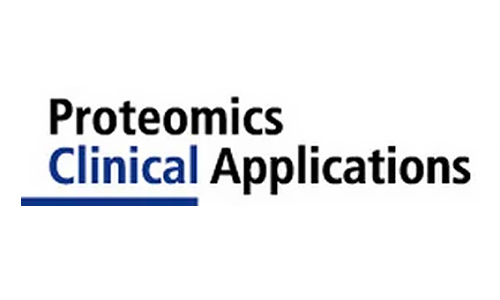
Proteomics Clinical Applications
- Main Product: HuProt
- HuProt: A protein microarray-based serum proteomic investigation reveals distinct autoantibody signature in colorectal cancer
- Abhilash Barpanda, Sanjeeva Srivastava, et. al.
- Centre for Research in Nanotechnology & Science, Indian Institute of Technology
HuProt Autoantibodies: Colorectal cancer (CRC) has been reported as the second leading cause of cancer death worldwide. The 5-year annual survival is around 50%, mainly due to late diagnosis, striking necessity for early detection. This study aims to identify autoantibody in patients’ sera for early screening of cancer.

Blood
- Main Product: HuProt
- HuProt: Pediatric Evans Syndrome Displays Broad Immune Dysregulation Characterized By Extra-Follicular B-Cell Responses and Unique Autoantibody Repertoire
- Deepak Kumar, Shanmuganathan Chandrakasan, et. al.
- Aflac Cancer and Blood Disorder Center, Dept of Pediatrics, Children\'s Healthcare of Atlanta
Pediatric Evans Syndrome (pES) is a rare autoimmune disorder characterized mainly with the co-occurrence of autoimmune hemolytic anemia and immune thrombocytopenia. Although around 40% of patients with pES have known genetic variants associated with inborn errors in immunity (IEI), the underlying immune anomalies especially B cell dysregulation are poorly understood. In our recent study, when compared to single lineage cytopenia such as chronic immune thrombocytopenia (cITP), we showed that patients with pES are characterized by abnormal expansion of circulating T-follicular helper cells (cTfh), increased T-cell activation, decreased naïve CD4+ T as well as class-switched memory B (CSMB) cells (Kumar et al., Blood 2022).
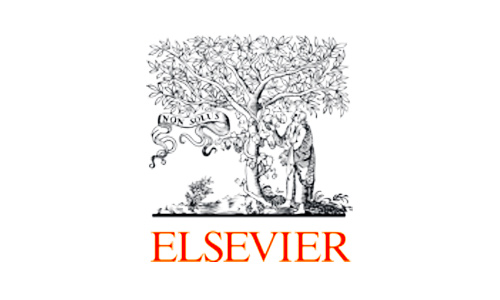
Elsevier - eBioMedicine
- Main Product: HuProt
- Atypical E3 ligase ZFP91 promotes small-molecule-induced E2F2 transcription factor degradation for cancer therapy
- Ting-Ting Liu, Heng Yang, Fang-Fang Zhuo, Zhuo Yang, Mei-Mei Zhao, Qiang Guo, Yang Liu, Dan Liu, Ke-Wu Zeng, Peng-Fei Tu
- State Key Laboratory of Natural and Biomimetic Drugs, Peking University
The E2F family of transcription factors play a crucial role in the development of various cancers. However, E2F members lack targetable binding pockets and are typically considered “undruggable”. Unlike canonical small-molecule therapeutics, molecular glues mediate new E3 ligase–protein interactions to induce selective proteasomal degradation, which represents an attractive option to overcome these limitations.

Research Square
- Main Product: HuProt
- HuProt: Unbound IRF2 to IRF2BP2 mediates KLF4 signaling leading to anti-inflammatory phenotype of microglia
- Jiwon Kim, A Young Sim, Sumit Barua, Jong Youl Kim, Jong Eun Lee
- Dept of Anatomy, Yonsei University College of Medicine
HuProt Small Molecule: Following central nervous system (CNS) injury, the investigation for neuroinflammation is vital because of its pleiotropic role in both acute injury and long-term recovery. Agmatine (Agm) is well known for its neuroprotective effects and anti-neuroinflammatory properties. However, Agm’s mechanism for neuroprotection is still unclear. We screened target proteins that bind to Agm using a protein microarray; the results showed that Agm strongly binds to interferon regulatory factor 2 binding protein (IRF2BP2), which partakes in the inflammatory response.
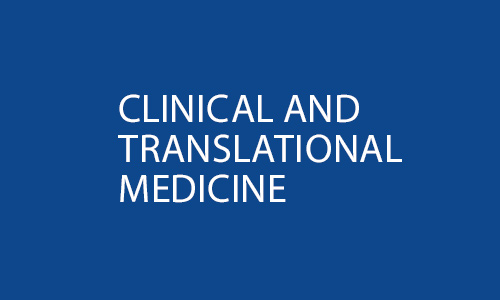
Clinical and Translational Medicine
- Main Product: HuProt
- PhIP-Seq: Comprehensive profiling of the human viral exposome in households containing an at-risk child with mitochondrial disease during the 2020–2021 COVID-19 pandemic
- Eliza M. Gordon-Lipkin, Peter J. McGuire, et. al.
- Metabolism, Infection and Immunity Section, National Institutes of Health
Viral infection is a major cause of morbidity in children with mitochondrial disease (MtD). As a result, families with children with MtD are highly adherent to risk mitigation behaviours (RMBs) advised by the Centers for Disease Control and Prevention during the COVID-19 pandemic that can modulate infection risk.

Oxford Academic - Brain
- Main Product: HuProt
- HuProt: Brain injury in COVID-19 is associated with dysregulated innate and adaptive immune responses
- Edward J Needham, David K Menon, et. al.
- Dept of Clinical Neurosciences, University of Cambridge
COVID-19 is associated with neurological complications including stroke, delirium and encephalitis. Furthermore, a post-viral syndrome dominated by neuropsychiatric symptoms is common, and is seemingly unrelated to COVID-19 severity. The true frequency and underlying mechanisms of neurological injury are unknown, but exaggerated host inflammatory responses appear to be a key driver of COVID-19 severity.

IJC - International Journal of Cancer
- Main Product: HuProt
- HuProt: Circulating tumor-associated autoantibodies as novel diagnostic biomarkers in pancreatic adenocarcinoma
- Liping Zhuang, Changjing Huang, Zhouyu Ning, Lina Yang, Wenbin Zou, Peng Wang, Chien-Shan Cheng, Zhiqiang Meng
- Department of Integrative Oncology, Shanghai Cancer Center, Fudan University
HuProt Autoantibodies: To develop a superior diagnostic approach for pancreatic adenocarcinoma (PAAC), the present study prospectively included 338 PAAC patients, 294 normal healthy volunteers (NHV), 122 chronic pancreatitis (CP) patients and 100 patients with non-PAAC malignancies. In the identification phase, HuProt Human Proteome Microarray, comprising 21 065 proteins, was used to identify serum tumor-associated autoantibodies (TAAbs) candidates differentiating PAAC (n = 30) from NHV (n = 30). A PAAC-focused array containing 165 differentially expressed TAAbs identified was subsequently adopted in the validation phase (n = 712) for specificity and sensitivities.

Frontiers in Physiology
- Main Product: HuProt
- HuProt: Multiple rather than specific autoantibodies were identified in irritable bowel syndrome with HuProt™ proteome microarray
- Wenjuan Fan, Xuan Zhang, et. al.
- Dept of Gastroenterology, Peking Union Medical College Hospital
HuProt Autoantibodies: Immune activation and several autoantibodies might be involved in the pathophysiology of irritable bowel syndrome (IBS). We aimed to identify serum biomarkers for IBS by HuProt™ microarray. IBS patients met Rome III criteria were enrolled. Control groups included healthy controls (HCs) and disease controls (DCs). In stage I, we profiled sera from IBS and control groups with HuProt™ microarrays. Based on significant different proteins in stage I, IBS focused microarrays were constructed and validated in a larger cohort in stage II, then decision tree models were generated to establish a combination of biomarkers. In stage III, 4 purified proteins were verified by ELISA.
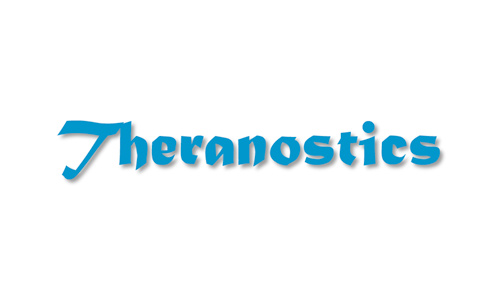
Theranostics
- Main Product: HuProt
- Chitinase-3 like-protein-1 promotes glioma progression via the NF-κB signaling pathway and tumor microenvironment reprogramming
- Ting Zhao, Jianming Zeng, Yujie Xu, Zhongping Su, Yulong Chong, Tao Ling, Haozhe Xu, Hui Shi, Minggao Zhu, Qi Mo,...
- Affiliated Cancer Hospital & Institute, Guangzhou Medical University
Chitinase-3-like protein 1 (CHI3L1) is overexpressed in various types of tumors, especially in glioma, and contributes to tumor progression. However, the definite role of CHI3L1 and involved pathway in glioma progression are not completely understood.